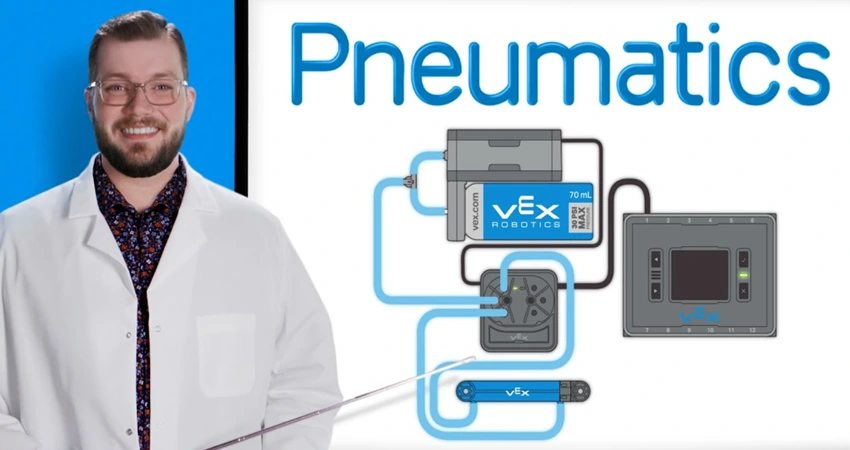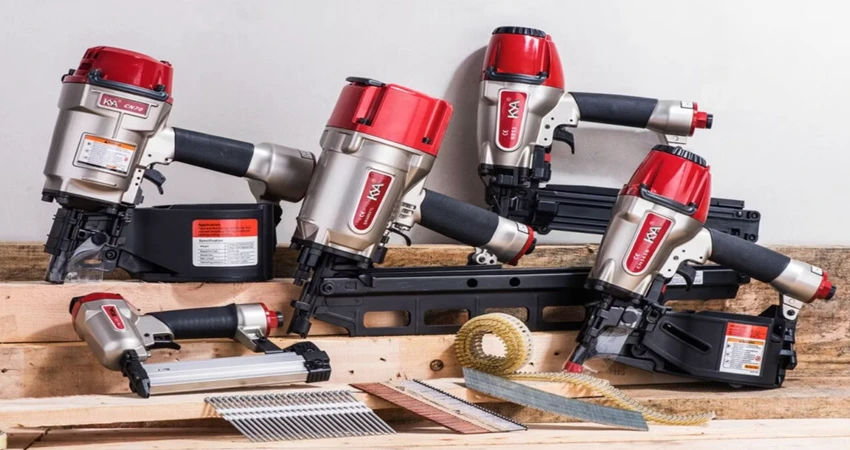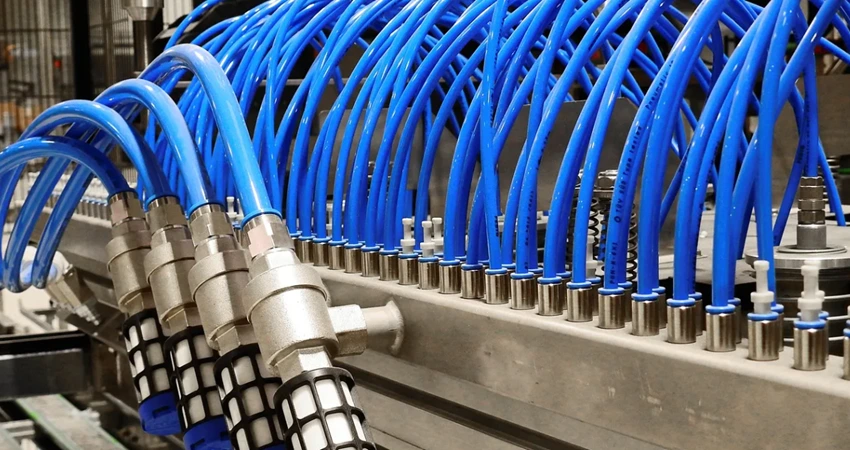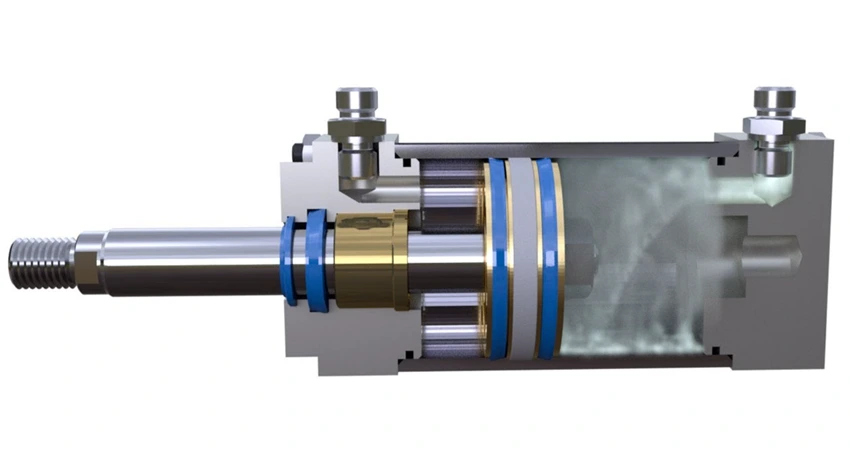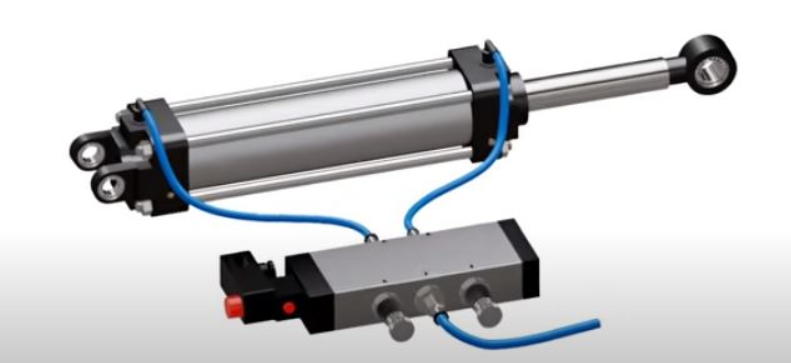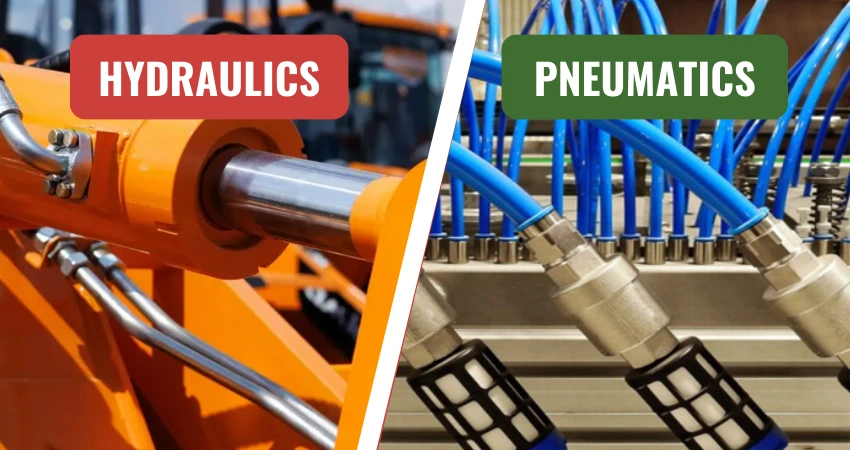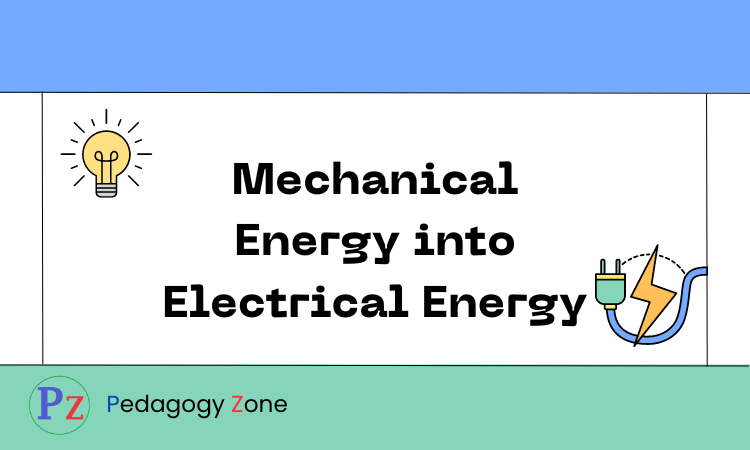The VEX IQ is a widely used robotics platform in both the educational and competitive robotics industry. It provides different tools and modules for students and teams to create working robots. The pneumatic system is an important component in VEX IQ, which drives robots using compressed air. In these systems, pneumatic cylinders enable linear movement and help robots lift, push, or grab an item.
PSI (pounds per square inch) is an important part of the VEX IQ pneumatic cylinder. Comprehensive knowledge about PSI is an important factor in properly using and enhancing the pneumatic system in your robot.
In this article, you will learn about the PSI and their total supply of VEX IQ pneumatic cylinder uses. Let’s first understand about PSI;
PSI (Pounds Per Square Inch)
PSI is a pressure unit that measures the force of a fluid per unit area. In a pneumatic system, PSI helps determine the total force behind a cylinder after compressed air is introduced into it. This shows that the cylinder’s ability to produce force is directly proportional to the number of PSI. Applying more or less PSI than the required amount may cause system failure.
PSI Requirement for VEX IQ Pneumatic Cylinder
VEX IQ pneumatic cylinder is an essential component of the VEX IQ pneumatics group. It works between a defined pressure range. However, 60 PSI is the suggested amount for a VEX IQ pneumatic cylinder. This ideal pressure range ensures optimal performance for different VEX IQ robotics applications. Using more than 100 PSI may result in bad performance.
Although the ideal PSI is 60, different factors can still influence the PSI requirements needed for a specific operation. Here some of them are given below;
1. Requirements of Task
If you use your pneumatic system to lift or move heavy loads, you should increase the PSI. The more PSI you supply, the more force will be exerted by the system. However, you should remember that the maximum recommended pressure is 100 PSI. Exceeding this can lead to damage to the cylinder or other pneumatic parts.
2. Precise Movements
The total supply of pressure also largely depends on the movement requirement. For example, 60 PSI is the ideal range to operate robot arms or activate a gripper. Less PSI provides more precise and controlled movement to ensure optimal performance.
3. Size of the Cylinder
VEX IQ provides different cylinder sizes, including the standard 2-inch stroke cylinder. Large and heavy cylinders have large bore diameters and require more PSI to create the same force as smaller cylinders. So, the number of PSI is also influenced by the size of the cylinder to get the required result without overload.
4. Design of the Robot
The robot’s structure and pneumatic system will also determine the total PSI. If your robot uses a complicated pneumatic system to operate or control multiple cylinders, it requires more precise pressure management.
5. Air Supply and Performance
A small air pump or a CO2 cylinder supplies pressure to the VEX IQ pneumatic system. The available air pressure and the pump’s performance can also affect the cylinder’s operation. It fails to maintain a consistent PSI if it receives less air, resulting in force fluctuation and unstable movement.
Tips to Set and Use PSI in VEX IQ Systems
- You should use special components like pumps, cylinders, and valves to optimize your VEX IQ pneumatic system and prevent malfunction.
- Monitoring PSI with the built-in regulator and pressure detectors is the best strategy to maintain the recommended 60 PSI. This will also avoid over-pressurization of more than 100 PSI to prevent damage.
- Test and fine-tune the system for smooth operation and perform regular maintenance, checking for leaks or worn parts to ensure consistent performance and efficiency.
The VEX IQ pneumatic cylinder functions most effectively between 60-100 PSI. Understanding and managing the required PSI in VEX IQ robots is essential for optimal performance, smooth operation, and safety. Considering the task requirements, robot structure, and cylinder size, you should carefully select the appropriate pressure to enhance your VEX IQ pneumatic system for different robotics challenges. Whether you want to lift, push, or hold heavy objects, you should not exceed the recommended PSI range to get fast and efficient results.
Read also: General considerations in robot material handling
